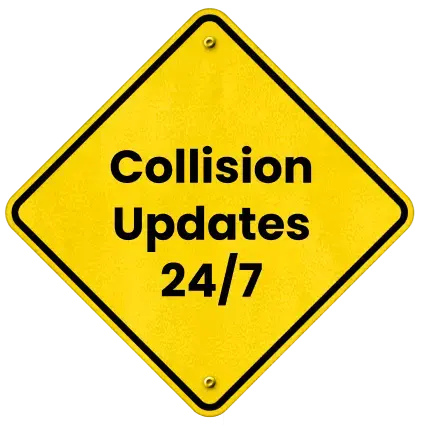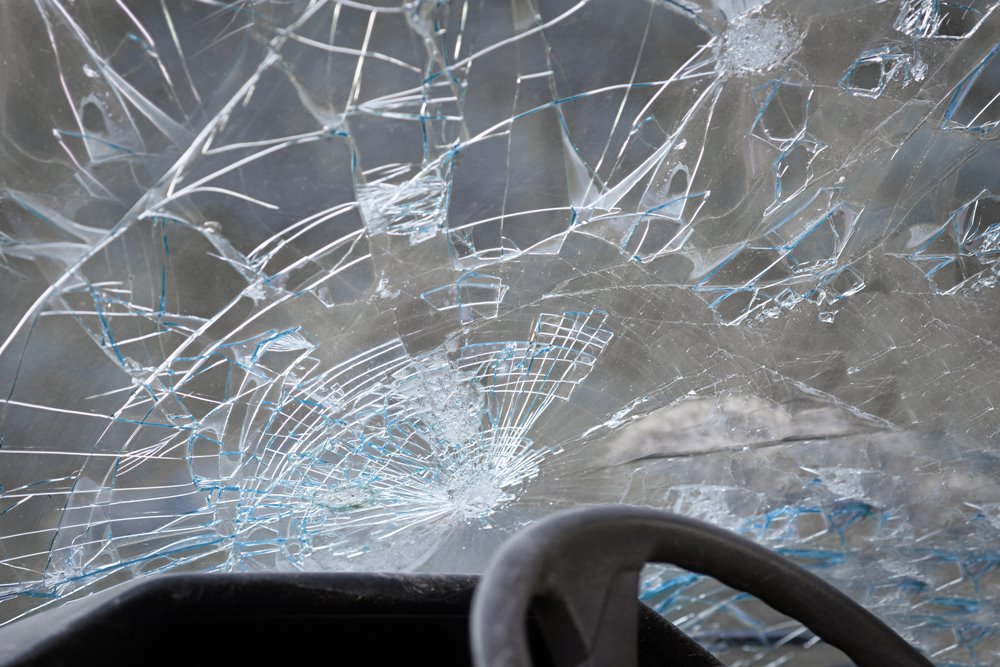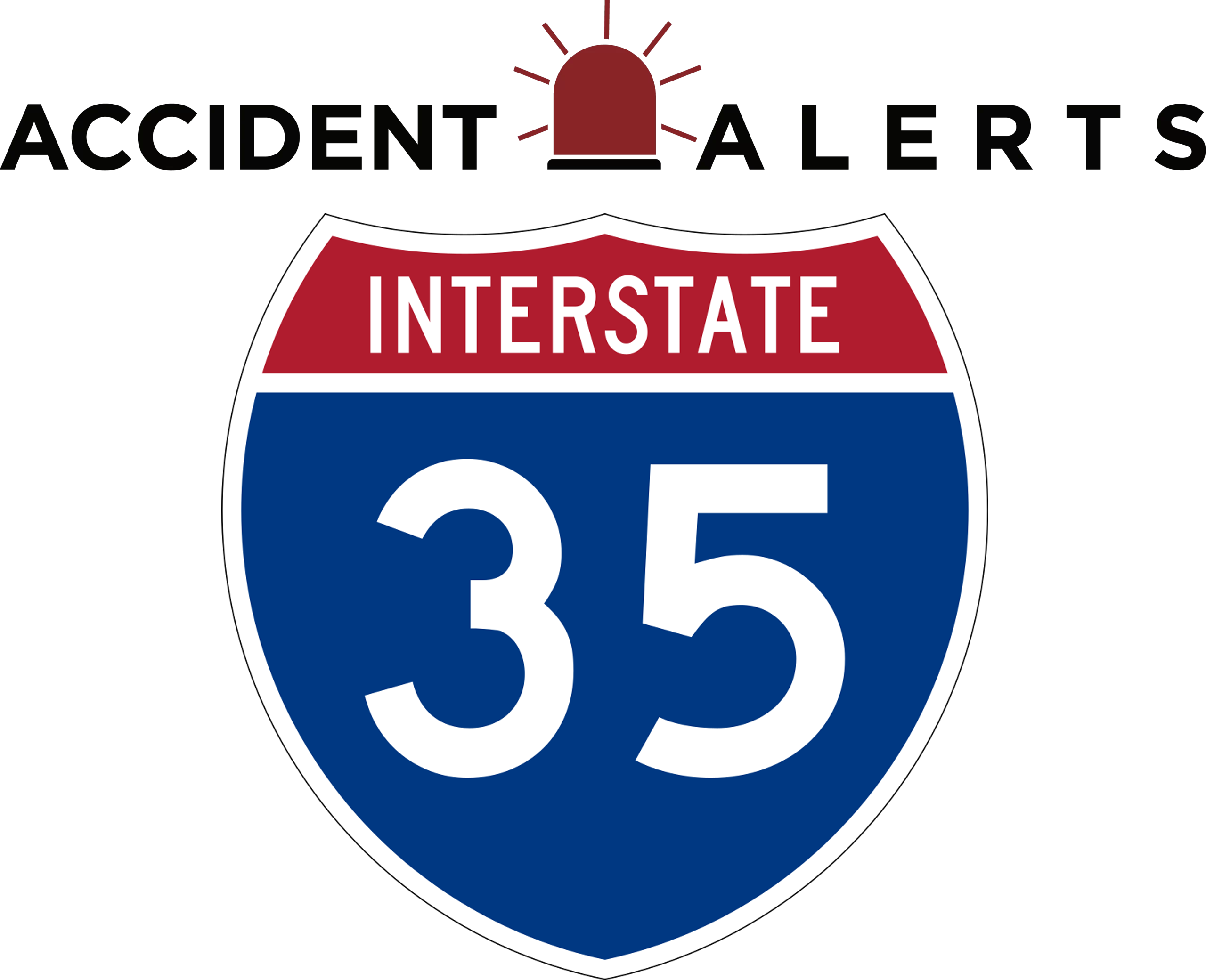
Rear-End Collisions on I-35: Risks, Causes, and Legal Guidance in Metro Corridors


Interstate 35 (I-35) is one of the busiest transportation arteries in the central United States, connecting San Antonio, Austin, Dallas-Fort Worth (DFW), and Oklahoma City (OKC). As traffic volumes increase in these metro corridors, the risk of rear-end collisions grows significantly, particularly in areas prone to urban bottlenecks and sudden stops.
These collisions are among the most common types of traffic accidents in metropolitan areas. Understanding the trends, causes, and evidence needed to protect a claim can help drivers stay safer and prepared if they are involved in an I-35 rear-end crash.
The Trend of Rear-End Collisions in Busy Metros
Rear-end crashes occur when one vehicle strikes the back of another, often due to sudden stops or slow-moving traffic. In metro corridors like San Antonio, Austin, DFW, and OKC, these accidents are particularly prevalent during peak commute hours. Traffic congestion, construction zones, and high-speed lanes merging into slower traffic all contribute to a higher incidence of queue collisions.
Urban bottlenecks, where multiple lanes converge or freeway ramps merge, create ideal conditions for rear-end collisions. Drivers who are inattentive, tailgating, or unfamiliar with local traffic patterns often fail to anticipate sudden braking, resulting in chain-reaction crashes. According to the Federal Highway Administration (FHWA), rear-end collisions account for nearly 30% of all crashes on urban freeways, making them a leading contributor to traffic injuries and insurance claims.
Why Visibility and Spacing Matter
Proper visibility and following distance are critical in preventing rear-end collisions. In metro corridors, traffic density and frequent lane changes can drastically reduce a driver’s ability to react in time.
Limited sightlines, caused by large vehicles, curves, or overpasses, can obscure sudden stops ahead. Even experienced drivers may not see brake lights in time to slow safely, particularly in stop-and-go traffic during rush hours.
Maintaining the recommended three-second following distance allows sufficient reaction time, but in congested areas like I-35 through Austin or DFW, this buffer is often compromised. Environmental factors such as rain, fog, or nighttime driving further reduce visibility, increasing the likelihood of collisions.
How Rear-End Collisions Happen in Metro Corridors
Understanding common scenarios helps drivers anticipate risks. Typical factors contributing to rear-end accidents along I-35 include:
- Stop-and-go traffic: High-density traffic in metro areas leads to sudden deceleration.
- Urban bottlenecks: Lane merges, construction zones, and entry ramps force abrupt stops.
- Distracted driving: Phones, infotainment systems, and navigation devices divert attention.
- Speed differentials: Vehicles traveling at different speeds in adjacent lanes create sudden braking events.
- Tailgating: Close following distances leave minimal reaction time when the car ahead stops abruptly.
Often, these factors combine, creating chain-reaction collisions that involve multiple vehicles, especially during peak traffic periods.
Preventing Rear-End Collisions on I-35
While traffic congestion on I-35 cannot always be avoided, drivers can take proactive steps to minimize their risk of rear-end collisions and navigate metro corridors more safely. One of the most important precautions is maintaining safe following distances.
Tailgating or driving too closely behind another vehicle leaves minimal time to react when traffic slows unexpectedly, especially in urban bottlenecks and during peak commute hours. Keeping a buffer of at least three seconds, or more in adverse conditions, can give you the extra time needed to brake safely.
Staying alert and avoiding distractions is equally critical. Mobile phones, GPS devices, eating, or adjusting the radio can divert attention away from the road and increase the likelihood of a rear-end collision. Drivers should constantly scan the traffic ahead, monitor brake lights of multiple cars in front, and anticipate changes in traffic flow to reduce reaction times.
Adjusting your speed to traffic conditions is another key strategy. Even if the posted speed limit allows faster travel, slow down when congestion, construction zones, or adverse weather conditions reduce traction or visibility. Using headlights, hazard lights, and turn signals properly not only improves your ability to see but also helps other drivers recognize your intentions, which is especially important during low-light conditions or heavy rain.
Anticipating sudden stops by observing the movement of multiple vehicles ahead allows you to prepare for braking gradually rather than reacting abruptly. Small adjustments in speed and lane positioning can prevent collisions and give you more control over your vehicle.
Combining these habits: safe spacing, vigilance, proper signaling, and speed management, dramatically reduces the risk of rear-end accidents and increases your ability to respond effectively if traffic suddenly slows. Over time, consistent defensive driving behavior not only protects you but also contributes to safer traffic flow for all motorists on I-35.
Evidence Needed to Protect a Claim
If you are involved in an I-35 rear-end crash, collecting the right evidence is essential for insurance and legal purposes:
- Photos and Videos: Capture vehicle damage, skid marks, traffic signs, and road conditions. Dashcam footage is especially valuable.
- Witness Statements: Statements from other drivers or pedestrians can corroborate your account of the incident.
- Police Reports: Filing a report establishes an official record. Obtain a copy for insurance or legal purposes.
- Medical Records: Document any injuries and treatments immediately after the collision.
- Traffic and Weather Conditions: Note traffic flow, congestion patterns, or weather conditions at the time of the crash.
- Vehicle Telematics: Many modern cars record speed, braking, and impact forces, which can be critical evidence.
Accurate and timely documentation is crucial to supporting claims and protecting your rights.
Safety and Legal Support on I-35 accidents
Interstate 35 corridors through San Antonio, Austin, DFW, and OKC present ongoing challenges for drivers due to congestion, limited visibility, and frequent urban bottlenecks. Rear-end collisions are one of the most common outcomes of these conditions, particularly during peak commute hours or in areas where traffic merges unexpectedly. Understanding how these accidents occur, along with the evidence needed to support a claim, is essential for navigating these busy highways safely.
If you are involved in an I-35 rear-end crash, documenting the incident is crucial. Take photos of vehicle damage, road conditions, and any skid marks. Gather witness statements and obtain a copy of the police report. Medical documentation for any injuries sustained is equally important.
Consulting an experienced I-35 accident attorney can ensure your rights are protected, helping you navigate liability issues, insurance claims, and potential compensation. An attorney can guide you through the process and increase the likelihood of a favorable outcome, particularly in complex multi-vehicle or urban traffic scenarios.
